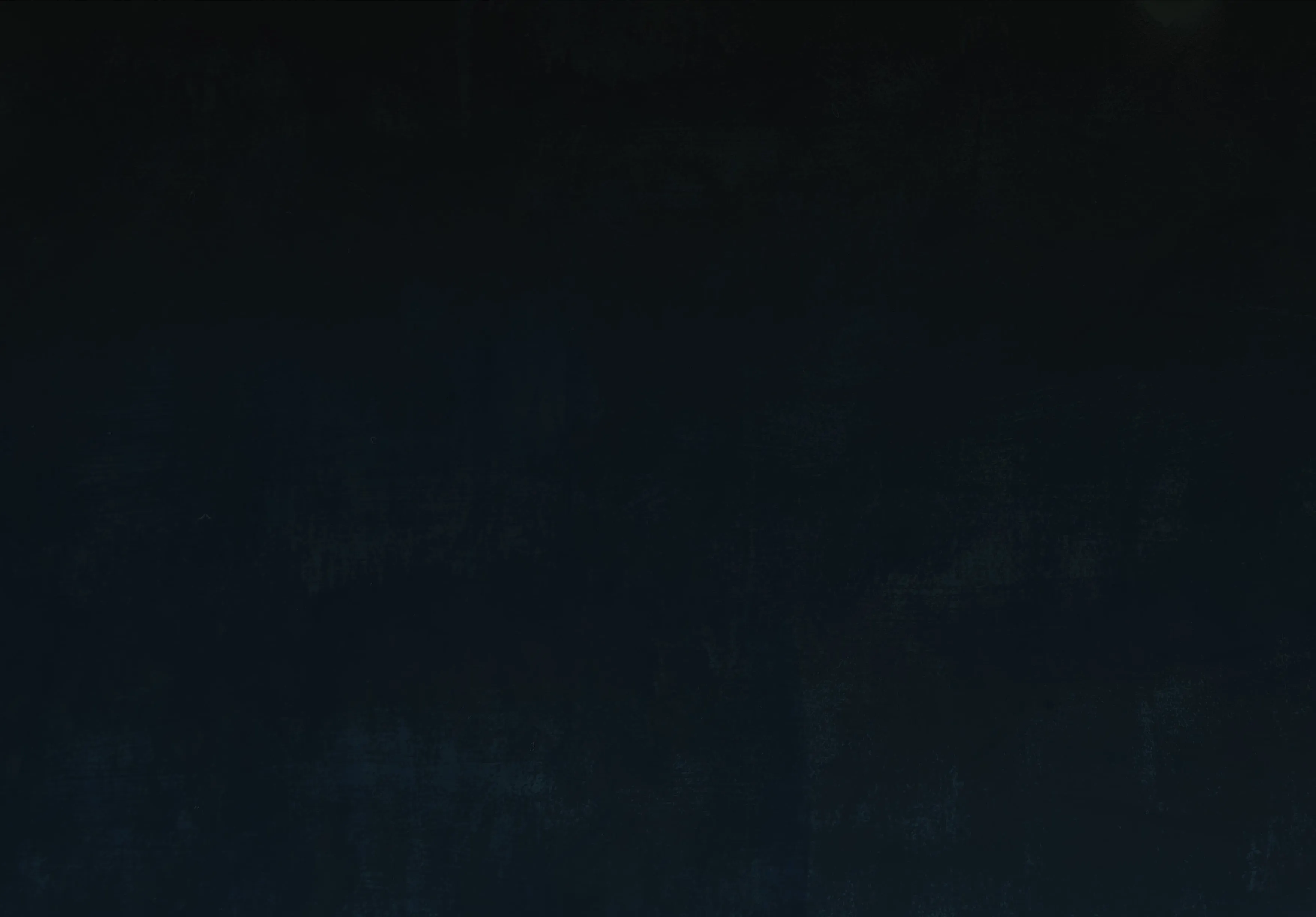Behind the Scenes: Building the Destroyed Cityscape
Hello everyone!
Last week, I had the pleasure of sharing some insights into how we approach development priorities, including environmental art. Today, I'd like to walk you through a specific example: how we are creating one of our upcoming tilesets - the “Urban Ruins” biome. And no, we didn't pick this environment just because we just finished binge-watching the Fallout television show...
As soon as the narrative needs for our campaign missions were defined, we began to work with the concept art team to visualize what a destroyed cityscape in Stormgate might look like. This sounds pretty simple, but even a straightforward environment type like this sparks a LOT of questions that need to be answered…
As we work through the creative process, these questions act as a forcing function to help us make decisions and reach a much deeper understanding of a section of our game universe. Where in the world is this? How long has it been destroyed? How was it destroyed? How futuristic was the architecture before it was destroyed? How much plant life should have grown up around these ruins? What sorts of inhabitants live in these areas? Should there be signs of survivors?
Ultimately, the process concludes with one or more final concepts that really communicate the most important elements of that specific environment.

From there, the level designers typically make a list of the environment assets that any levels set in it will need. These might be specific tree types, old stone bridges, shattered craters, you name it.
The 3D art team takes the concept and this list and then expands outwards from that starting point to create a lot of temporary gray box assets that we call “proxies.” These act as quick-and-dirty samples for the level designers to use temporarily to make their initial level layouts.

We walk a fine line with these proxies because we need to make them “good enough” for the level designers to be able to visualize and mock up the environments in their levels but not make them so detailed that they consume a lot of development time to make.
Due to the fact that we’ll ultimately throw them away and replace them with final assets, it's important for us to be time-sensitive when making them and keep them as basic as we can while still clearly communicating the intent behind them.

During this phase, our goal is to validate the need for each asset and answer any open questions about them so that the art team can be as informed as possible before beginning work on the final versions.
With this specific Campaign mission, for example, the art team needed to get a sense for how large the ruined city structures would be compared to actual RTS faction structures. How close will they extend up to the camera? Do we really need all 6 variations, or will 4 suffice? What are we missing once all the proxies have been placed? Have we overlooked something that should be accounted for, or did we over-plan for something that wasn’t needed?
Once we’re armed with a validated asset list and an actual reference level with proxy assets that can be played through, the art team can now move ahead with building out the actual final assets. We make reference sheets, plan for how we can make assets modular so they can be easily varied, and charge ahead fearlessly!

However, these often involve more than just the modeling and texturing of props - the Technical Art team frequently has to get involved in order to help figure out how we can achieve the desired end result in the smartest way possible.
With this particular environment, one of the challenges the Tech Art team had to overcome was our desire to use urban ruins in a variety of ways. We’d like some of our destroyed cities to be set in irradiated wastelands, maybe getting slowly consumed into the desolate desert sands around them. However, other destroyed cities should be getting overgrown and reclaimed by nature - turning into literal urban jungles full of rampant plant growth and hanging vines.
To support this range of use-cases, Tech Art came up with some creative ways to layer destruction and plant growth directly onto structures, changing otherwise intact buildings into different combinations of “rubblized” or “overgrown”. Here’s an example of how we’re taking this approach to create immersive and detailed environmental pieces in Adobe Substance Designer–please note that this is not final art and just a taste of how we’re approaching the creation of these environments.

Our next playtest, codenamed Frigate, is just around the corner and we can't wait for playtesters to get their hands on our very first third faction content. Please remember–this is only the beginning, and we'll continue to iterate and evolve our playable factions, game modes, maps, and more throughout Early Access on our journey towards 1.0.
Thanks so much for reading, and I look forward to seeing you in Stormgate!
- Tim Campbell, Game Director




